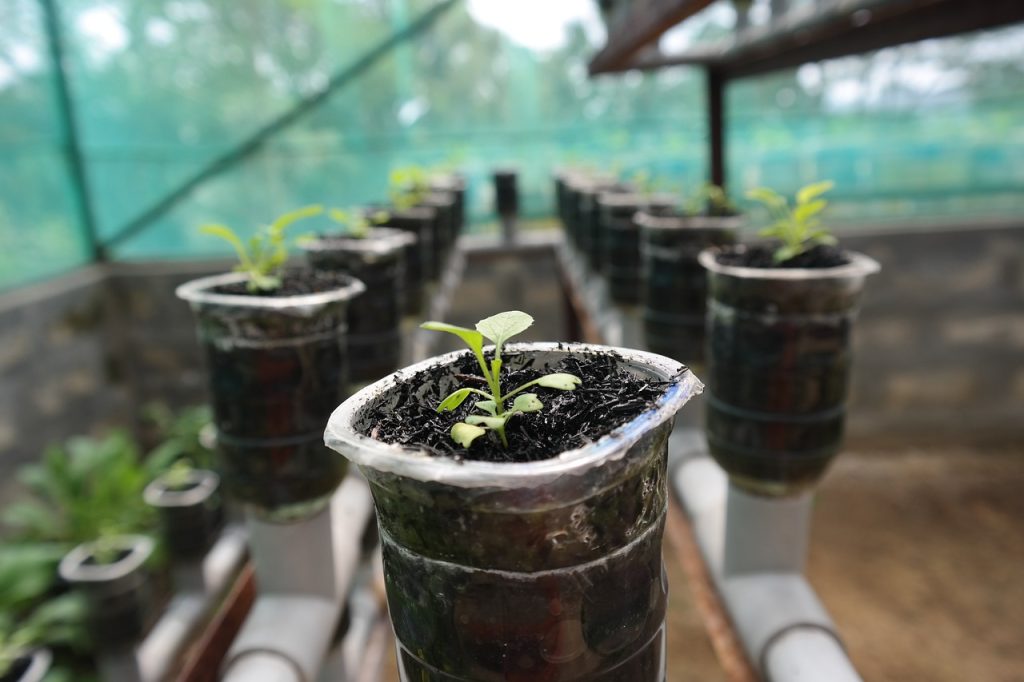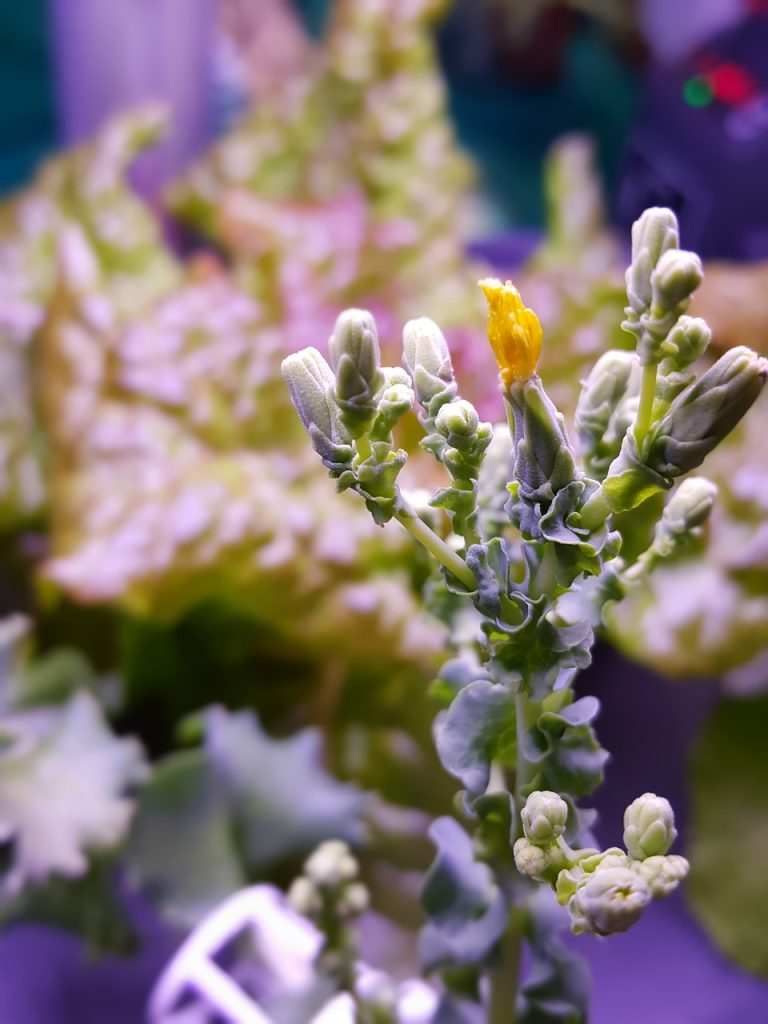
Have you ever considered growing your own plants but are limited by space or soil conditions? DIY hydroponic systems might be the solution for you. These innovative growing methods offer a range of benefits that traditional soil gardening cannot match. Keep reading to learn how to build your own DIY hydroponic system easily and start growing your own fresh produce at home.
Understanding Hydroponic Systems
Hydroponic systems have gained popularity in recent years due to their efficiency and sustainability. These systems do not require soil to grow plants but instead use a nutrient-rich water solution that delivers essential nutrients directly to the plant roots. This method allows for faster growth rates, higher yields, and reduced water usage compared to traditional gardening methods. By understanding the basics of hydroponic systems, you can better appreciate the benefits they offer.
How Hydroponic Systems Work
In a hydroponic system, plants are typically grown in a soilless medium such as perlite, rockwool, or coconut coir. The roots of the plants are submerged in a nutrient solution that contains all the essential elements needed for growth. By providing nutrients directly to the roots, plants can absorb them more efficiently, leading to faster and healthier growth. Hydroponic systems can vary in complexity, from simple setups for beginners to advanced systems for commercial growers.
Benefits of Hydroponic Systems
Hydroponic systems offer several advantages over traditional soil gardening. One of the main benefits is water conservation, as hydroponic systems use up to 90% less water than traditional methods. This makes them ideal for regions experiencing water scarcity or drought conditions. Additionally, hydroponic systems eliminate the risk of soil-borne diseases and pests, resulting in healthier plants that require fewer chemical inputs. By growing plants hydroponically, you can enjoy fresh, pesticide-free produce year-round, regardless of external weather conditions.

Building Your DIY Hydroponic System
Now that you have a basic understanding of hydroponic systems, let’s explore how you can build your own DIY hydroponic system. Below are some easy steps to help you get started on your hydroponic gardening journey.
Step 1: Choose a Hydroponic System Design
Before you start building your DIY hydroponic system, you’ll need to decide on a design that suits your space and growing needs. There are several types of hydroponic systems to choose from, including deep water culture, nutrient film technique, and ebb and flow systems. Consider factors such as the number of plants you want to grow, the available space, and your budget when selecting a system design.
Step 2: Gather the Necessary Materials
Once you’ve chosen a hydroponic system design, gather all the materials you’ll need to build your system. Common materials include a reservoir or container to hold the nutrient solution, a pump to circulate the water, growing medium, nutrient solution, and pH testing kit. You may also need additional equipment such as grow lights or timers, depending on the type of hydroponic system you choose.
Step 3: Assemble Your Hydroponic System
With all the materials on hand, it’s time to assemble your DIY hydroponic system. Follow the instructions for your chosen system design, ensuring that all components are properly connected and functioning. Pay close attention to details such as water circulation, nutrient delivery, and pH levels to ensure optimal plant growth. Once your system is set up, you can begin planting your favorite herbs, vegetables, or flowers.
Step 4: Monitor and Maintain Your Hydroponic System
After setting up your DIY hydroponic system, it’s essential to monitor and maintain it regularly to ensure healthy plant growth. Check the nutrient levels, pH balance, and water circulation daily to prevent any issues that may impact plant health. Keep an eye out for signs of nutrient deficiencies, pests, or diseases, and address them promptly to maintain thriving plants in your hydroponic system.
Step 5: Harvest and Enjoy Your Homegrown Produce
With proper care and maintenance, your DIY hydroponic system will soon be ready for harvesting. Depending on the plants you’ve grown, you can start enjoying fresh herbs, crisp lettuce, juicy tomatoes, or colorful flowers right from your indoor garden. Harvest your produce as needed to enjoy the fruits of your labor and share them with your family and friends.

Tips for Successful Hydroponic Gardening
To maximize the success of your DIY hydroponic system, consider implementing the following tips and tricks for a thriving indoor garden.
Tip 1: Start Small and Experiment
If you’re new to hydroponic gardening, start with a small system and a few plants to gain experience. Experiment with different growing mediums, nutrient solutions, and plant varieties to find what works best for your setup. Learning through trial and error is an essential part of mastering hydroponic gardening.
Tip 2: Maintain Proper Nutrient Levels
Nutrient balance is crucial for healthy plant growth in hydroponic systems. Regularly check and adjust the nutrient levels in your system to ensure that plants receive all the essential elements they need to thrive. Follow the recommended guidelines for nutrient concentration and pH levels to prevent nutrient deficiencies or imbalances.
Tip 3: Provide Adequate Light and Air Circulation
Plants grown in hydroponic systems require sufficient light and air circulation to photosynthesize effectively. Position grow lights or natural sunlight sources to provide the right amount of light for your plants’ growth stages. Ensure proper air circulation around the plants to prevent mold, mildew, or other issues caused by excess humidity.
Tip 4: Stay Consistent with Maintenance Tasks
Consistency is key when it comes to maintaining a healthy hydroponic system. Develop a regular maintenance routine that includes checking water levels, nutrient concentrations, pH levels, and plant health. By staying consistent with your maintenance tasks, you can prevent problems before they arise and promote optimal plant growth.
Tip 5: Keep Learning and Improving
Hydroponic gardening is a dynamic field with constant advancements in technology and techniques. Stay informed about the latest trends and innovations in hydroponics to improve your gardening skills. Join online communities, attend workshops, and read up on hydroponic gardening to expand your knowledge and take your DIY hydroponic system to the next level.
By following these easy steps and tips for building and maintaining your DIY hydroponic system, you can enjoy the benefits of growing your own fresh produce at home. Whether you’re a beginner or experienced gardener, hydroponic systems offer a sustainable, efficient, and rewarding way to cultivate plants indoors. Start your hydroponic gardening journey today and witness the magic of growing plants without soil.










